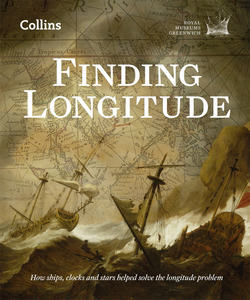Читать книгу Finding Longitude: How ships, clocks and stars helped solve the longitude problem - Rebekah Higgitt - Страница 8
CHAPTER 3 ON TRIAL
ОглавлениеI understand not Mathematicks, but have been formerly troubled too much with Projectors of the Longitude to my great Mortification and some Charges by encouraging them ... One of my Projectors cut his Throat, and the other was found an Imposter.
Jonathan Swift, letter to John Wheldon, 27 September 17271
The likely effect of the Longitude Act must have been uncertain as it went through Parliament, but within weeks it was clear that it had caught the public’s attention. Schemes of all sorts came under public scrutiny – a mixed bag of ideas, some more plausible than others and many held up for ridicule. In an age awash with projects of all sorts, getting these ideas taken seriously and gaining support required tenacity and robust strategies.
It would be two decades before a genuinely promising scheme emerged in the work of John Harrison (1693–1776). From the mid-1730s, his sea-clocks began to garner praise and the support of the Commissioners of Longitude. Even so, it took him another twenty years to complete a watch that was ready for a decisive trial. Over the same period, two other contenders emerged in Tobias Mayer’s work on the Moon and Christopher Irwin’s marine chair for viewing Jupiter’s satellites. The three methods would finally go head-to-head in 1763–64 in a sea trial to Barbados, which established marine timekeepers and the measurement of lunar distances (or ‘lunars’) as the methods to back.
Had we of Archimedes’s Lumber, Enough to make a Chair for Slumber, We’d find by Lines in Cucumber Longitude.
A Hymn to the Chair (1732)2
Fig. 1 – A summary of the 1714 Longitude Act circulated as a flyer
{Het Scheepvaartmuseum, Amsterdam}
Projectors in public
Within days of royal assent being granted, details of the Longitude Act appeared in newspapers and periodicals, with abridged versions circulating as flyers (Fig. 1). The public response was just as rapid. Some longitude schemes had been published before, but the number increased dramatically and older proposals were quickly republished. Generally they repeated the known contenders: magnetic variation; marine timekeepers; improved methods of dead reckoning; and astronomy. However, as the newly appointed Commissioners of Longitude knew, the basic theories were largely sound. It was detailed solutions to the practical problems of being on a ship that they were looking for.
